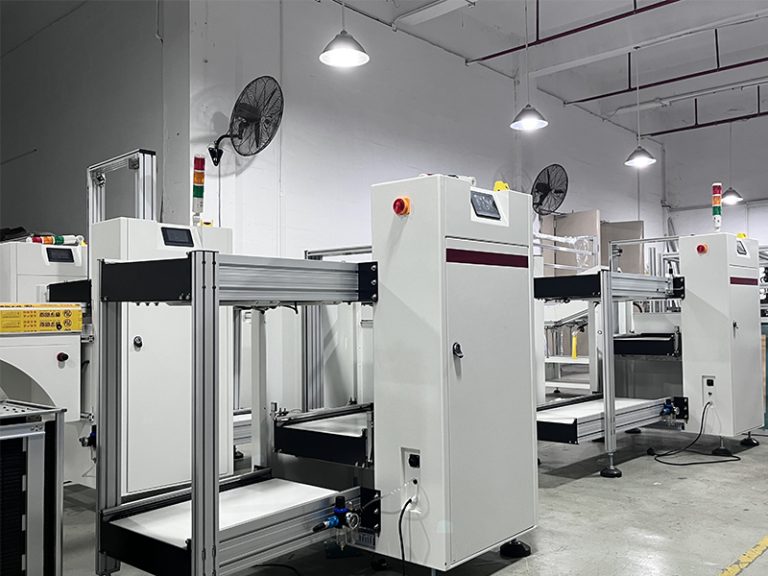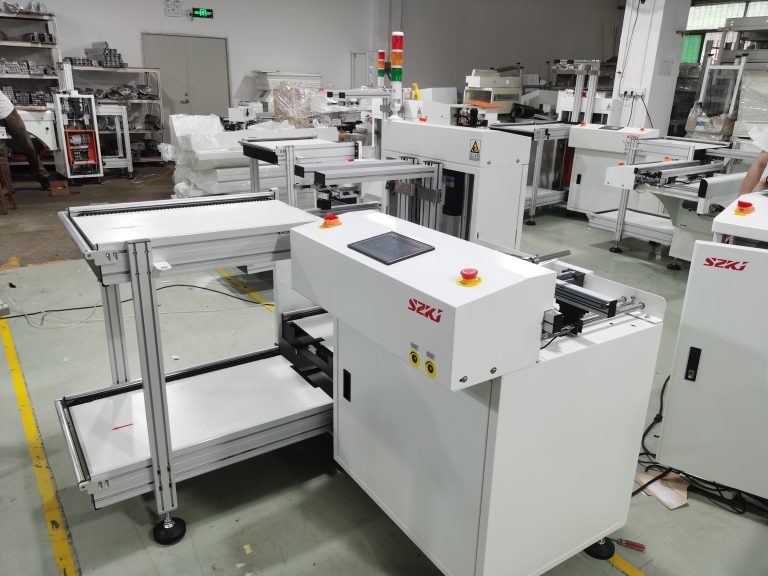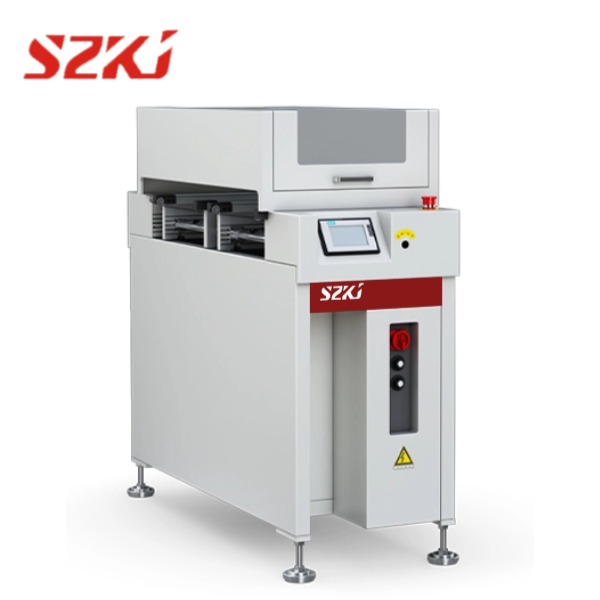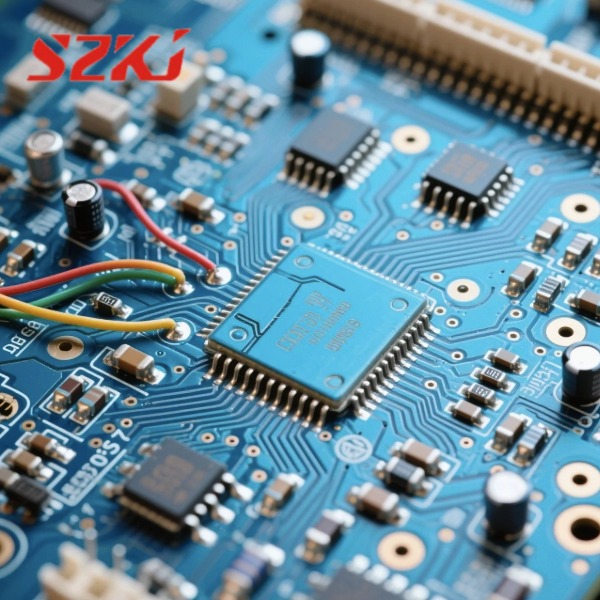Table of Contents
ToggleSurface Mount Devices (SMD components) have revolutionized the way electronic circuits are designed and assembled. Their compact size, high performance, and suitability for automated production make them essential in modern electronics manufacturing. In this article, we will dive into what SMD components are, their main types, benefits, and how they compare to traditional components.
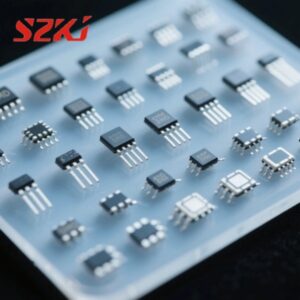
What Are SMD Components?
SMD components are electronic parts designed for Surface Mount Technology (SMT), meaning they are mounted directly onto the surface of printed circuit boards (PCBs). Unlike traditional through-hole components, SMD components do not require holes to be drilled into the board. This innovation allows for more compact, lightweight, and efficient circuit designs, which are critical in today’s consumer electronics, automotive, and industrial applications.
Common examples of SMD components include resistors, capacitors, diodes, transistors, and integrated circuits (ICs). Each plays a vital role in ensuring the proper functioning of electronic systems.
Types of SMD Components
There is a wide variety of SMD components available, each serving specific purposes:
- Passive Components: These include SMD resistors, capacitors, and inductors. They control current flow, store energy, and filter signals in circuits.
- Active Components: SMD diodes and transistors fall under this category. They are used to amplify signals or switch electronic signals on and off.
- Integrated Circuits (ICs): These are complex assemblies that combine multiple active and passive components into one small package, enabling sophisticated functions such as microprocessing and memory storage.
Each type of SMD component is engineered to meet precise technical standards and size requirements, making them ideal for high-density designs.
Advantages of Using SMD Components
SMD components offer numerous benefits over traditional through-hole counterparts:
- Size and Weight Reduction: They are significantly smaller and lighter, which is vital for portable devices.
- Higher Circuit Density: Designers can fit more functionality into smaller PCB spaces.
- Improved Performance: Shorter lead lengths minimize signal path resistance and inductance, enhancing high-frequency performance.
- Cost Efficiency: SMD components are easier to assemble using automated machinery, reducing labor costs and production time.
- Reliability: Their compact structure makes them less susceptible to mechanical stress and vibration.
Because of these advantages, manufacturers across industries prefer SMD components for both high-volume and specialized productions.
Applications of SMD Components
The application range of SMD components is incredibly broad. They are found in:
- Smartphones, tablets, and laptops
- Medical devices and wearables
- Automotive electronics like engine control units and infotainment systems
- Industrial control equipment
- Aerospace and defense technologies
Virtually every modern electronic device incorporates SMD components to some extent, highlighting their critical role in advancing technology.
Conclusion
SMD components are the backbone of modern electronic design and manufacturing. Their small size, enhanced performance, and compatibility with automated production have made them a standard choice across countless industries. Whether you’re developing a cutting-edge smartphone or a precision medical device, understanding SMD components is crucial for achieving optimal results. As technology continues to evolve, the demand for these versatile components will only grow stronger.

